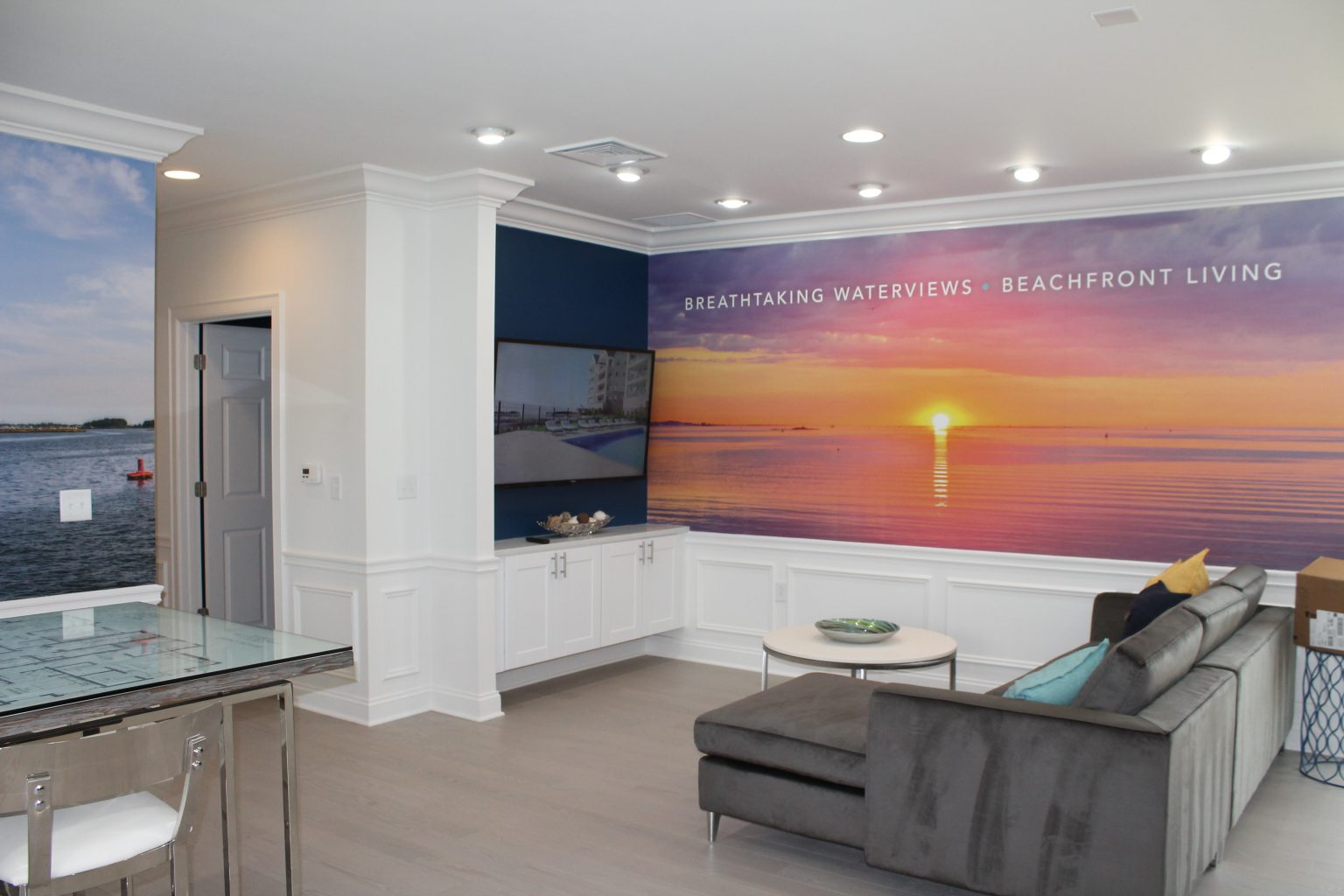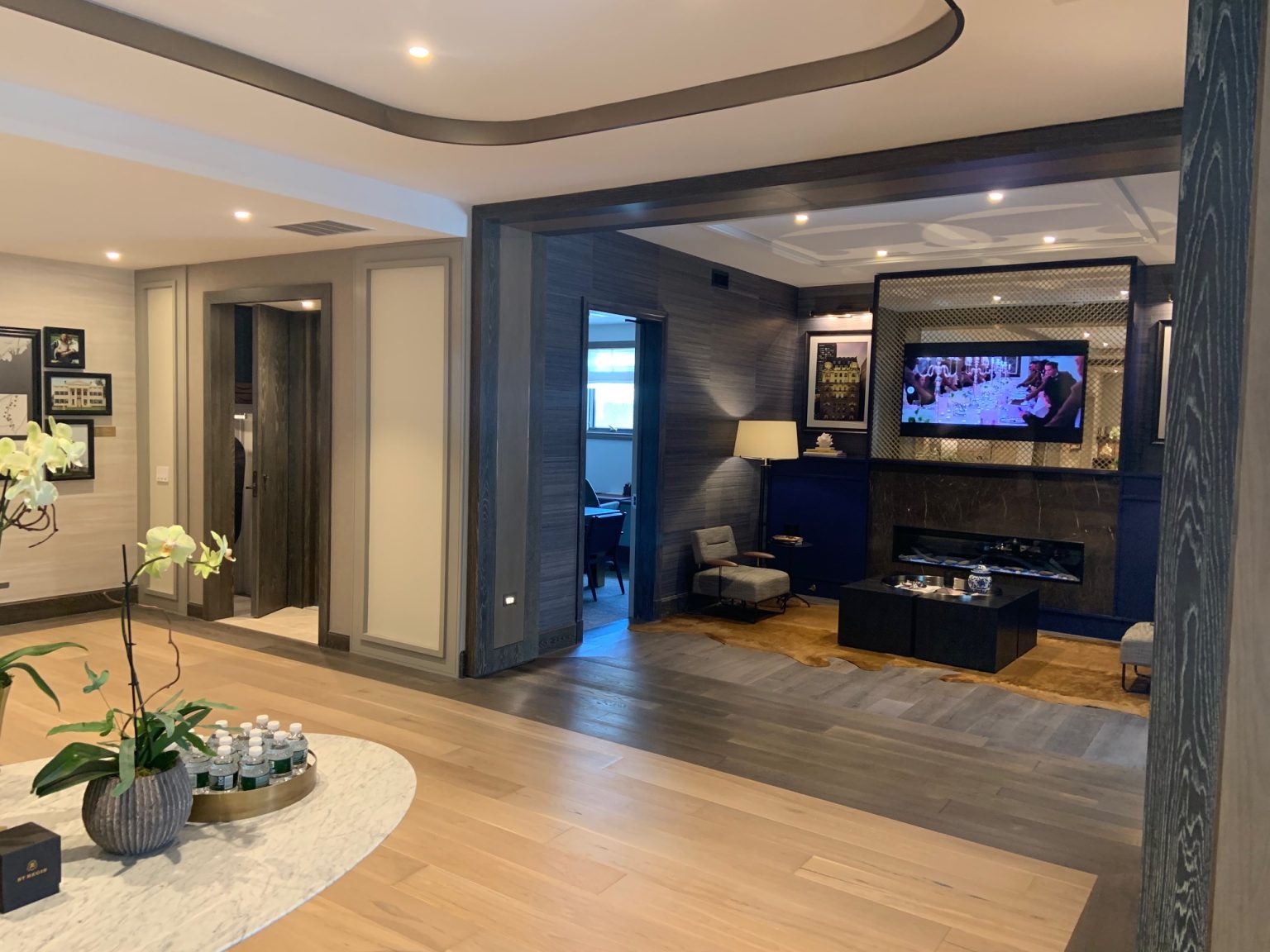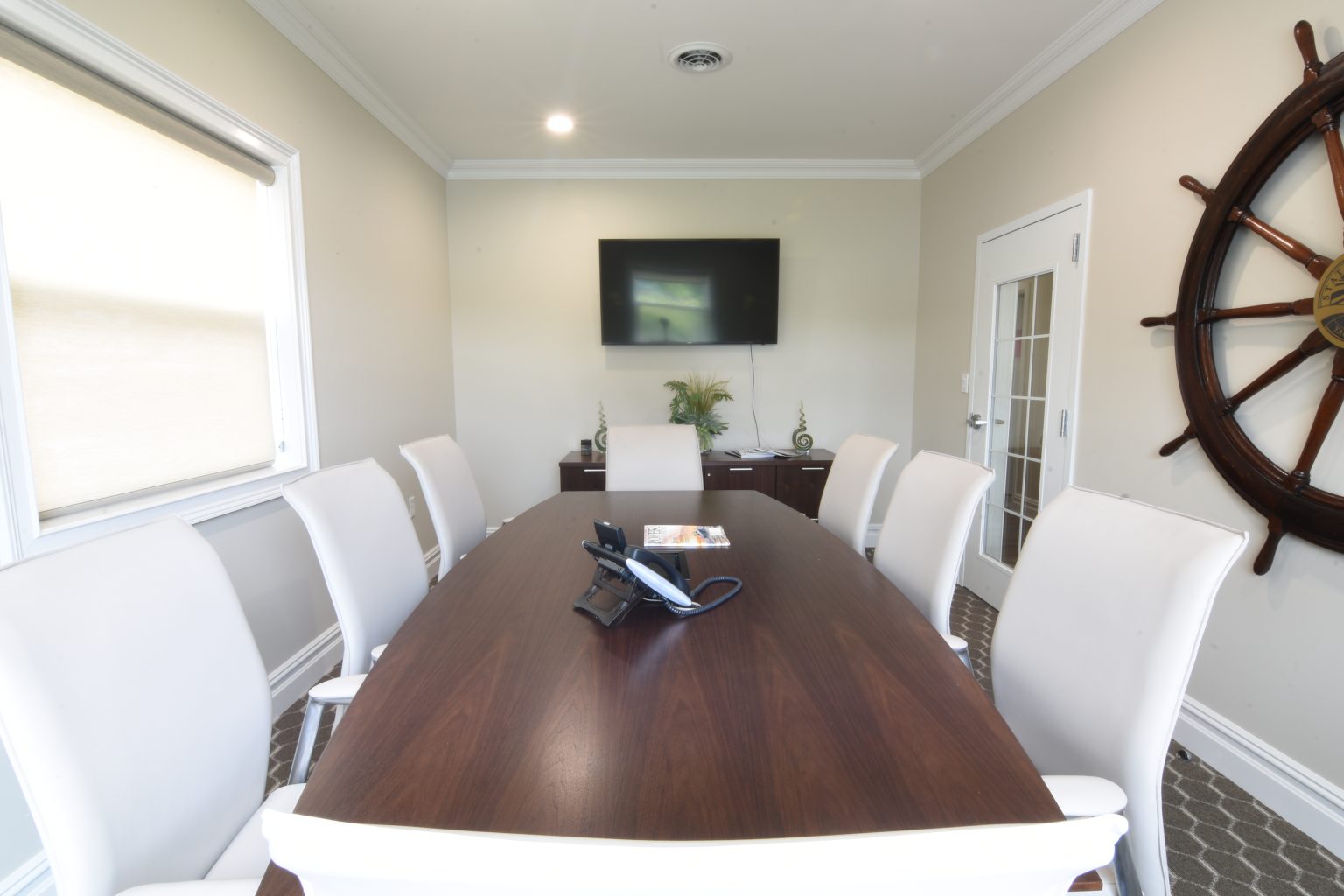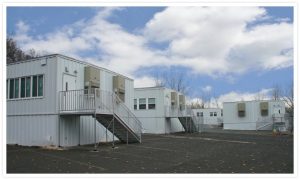Optimizing Office Space for Employees the Modular Way

The effect that the COVID-19 pandemic had on the modular construction industry has been largely positive, with there being a growth in demand in most regions. Not surprisingly, an increasing number of businesses from different sectors are now looking at what modular office spaces have to offer.
While the value of the global modular construction market stood at around $84.63 billion in 2023, it is set to grow to $151.48 billion by 2028. Given that even big names such as Ford and JPMorgan Chase have reduced office space in recent times, optimizing office space, whether new or existing, has become the need of the hour. Fortunately, this is fairly easy to accomplish by turning to modular workspaces.
What Are Modular Office Spaces?
A modular building, modular complex, or modular office is a prefabricated structure that makes use of repeated sections referred to as modules. Construction of such buildings takes place offsite, typically in production lines at factories, under highly controlled conditions. Some companies use automated robotic assembly lines whereas others still rely on traditional methods.
Upon construction, the modules are transported to the site in question and assembled. In some cases, up to 90% of the entire modular office building construction can take place offsite. While placing modules side-by-side is straightforward, it’s also possible to stack them vertically. Modular workspace construction companies use inter-module connections to put all the modules together, after which the construction is complete.
When a modular complex leaves a factory in the form of modules, it already has the desired flooring, ceiling, and walls in place. More often than not, these structures also come with preinstalled fixtures. Safety is usually not a concern because modular workspaces need to adhere to the same building codes as traditional buildings that are constructed onsite.
One can see the use of modular offices across sectors such as education, healthcare, construction, transportation, defense, and homeland security. While the use of modular structures as offices is fairly common, they also find use as restrooms, break rooms, cafeterias, laboratories, training centers, and classrooms.
What Employees Want
The Work Trend Index released by Microsoft suggests that while over 70% of employees want to continue with flexible work options, more than 65% desire to spend more time with their teams in person. Consequently, over 65% of decision-makers are thinking about making way for optimized hybrid work environments by redesigning their office spaces.
Business owners and managers who are thinking about optimizing office space will do well by listening to what their employees actually want.
- Privacy and space. While open office layouts come with their share of advantages, several employees across sectors view them as a major source of dissatisfaction. Some of the drawbacks attributed to open office space construction include higher absenteeism rates, increased stress levels, and decreased productivity. Besides, a number of employees are unable to perform at optimum levels in the absence of personal space/privacy.
- Minimal noise. Businesses that have employees working out of cubicle farms or coworking spaces often have to deal with complaints surrounding high levels of noise. Given that such spaces can have a significant number of employees communicating and collaborating in a single large area, it does not take long for noise levels to escalate quickly and hinder productivity. In addition, constant disruptions can be a source of frustration and stress.
- Comfortable environment. Common complaints surrounding uncomfortable work environments include unsuitable furniture, insufficient lighting, and the absence of heating, ventilation, and air conditioning (HVAC) systems. While numerous studies highlight the relationship between employees’ comfort and productivity, a 2020 study sheds light on the effect of thermal comfort alone. From an employer’s point of view, it’s crucial that you provide your employees with an environment that is optimized to make them feel comfortable.
- Organized workspace. An unorganized or cluttered office is bound to have an adverse effect on productivity. Businesses that don’t have predefined procedures in place can make it difficult for employees to find the resources or information they need to carry out their day-to-day work. Relying on poor filing systems is often a concern.
- New technology. The new hybrid business world requires modern technologies, the absence of which can have a detrimental effect on productivity. If you still use outdated or old technology, your employees might not be able to perform efficiently, which, in turn, can lead to frustration. For instance, if your employees struggle with audio-visual (AV) equipment before each virtual meeting, you may expect them to be none too pleased.
How You Can Optimize Modular Office Space
Optimizing modular or prefabricated office space can help you overcome obstacles that hamper productivity. You may do so in different ways to ensure that your workspace caters to office and remote workers alike.
1. Focus on Promoting Wellbeing
A Chartered Institute of Personnel and Development (CIPD) survey report pointed out that 75% of its respondents felt that their senior leaders pay attention to employee wellbeing. While several businesses address this aspect by providing healthy dietary alternatives and on-site fitness facilities, the more successful ones choose to focus on their employees’ emotional, physical, and cognitive needs.
When it comes to optimizing indoor modular offices, an easy way to address this aspect is to provide a variety of ergonomic alternatives. These may come in the form of chairs that encourage active sitting and sit-stand desks. Positioning important work areas near windows can help employees feel close to nature.
Incorporating elements of nature such as indoor planters, live plant walls, natural light, and landscaping can help produce the desired effect. A modular office room or building that has many plants may benefit from cleaner indoor air and more energetic employees. Plants also play a role in boosting creativity and increasing productivity.
2. Create a Balance Between Privacy and Collaboration
When you’re thinking about optimizing office space, it’s important that you remain flexible. Ideally, you should begin by looking at the tasks your employees typically perform and then design a modular office layout/floor plan that promotes focused yet collaborative work.
Depending on your specific requirements, you may achieve desired results by providing personal areas such as cubicles and offices, conference rooms, brainstorming spaces, and quiet zones. Offices that require extensive collaborative work may benefit by keeping the main workspace largely open as it promotes teamwork. In this case, though, providing quiet zones where employees can carry out tasks that require focus is very important.
Modular office rooms with space constraints may consider incorporating multipurpose spaces that can help meet diverse requirements in their floor plans. For example, you can get a conference room to double up as a quiet zone or an activity room.
3. Move From Fixed to Fluid Furniture
Businesses that continually evolve may deal with external factors that affect work conditions without significant increases in their operational costs or overall footprint. Modular office spaces help businesses function effectively and remain relevant through changing tides because they are typically easy to reconfigure.
Making use of mobile furniture solutions gives you the ability to rearrange tables, chairs, desks, marker boards, and more quickly and easily. Similarly, turning to modular walls gives you the flexibility to modify your workspace and include new sections.
4. Think Remote Work
Remote work is not just a trend that came and went with the COVID-19 pandemic. According to numbers released by Statista, while 10% of employees worked remotely all or most of the time in 2019, the number increased to 13% in 2020 and climbed to 20% in 2021. The upward trend continues, with there being 28% of remote workers globally in 2023.
While giving employees the ability to work remotely helps improve job satisfaction, it also brings with it the potential to free up valuable office space. However, you need to ensure that your modular workspace is prepared to handle remote workers efficiently.
For example, you should ideally invest in updated technology based on your specific requirements. This could come in the form of a hybrid meeting room with the latest audio and video conferencing technology that helps your employees meet, interact, and collaborate.
5. Pay Attention to Comfort
According to data collated in a Harvard Business Review article, 78% of employees who partook in a study said that access to natural light has a positive effect on their well-being. 70% said it improved performance at work. This is an important factor to consider when you’re prioritizing employee comfort.
Fortunately, modular office layouts give you considerable freedom when it comes to adding windows. What also helps is that more windows can make a small modular office feel more spacious and open.
Using smart thermostats with remote sensors helps maintain ambient temperature across temporary and permanent modular office buildings alike. It is possible to program these devices so they adapt to given schedules, and you may operate them remotely.
While the furniture you select should offer some flexibility, it’s also important to ensure that it does not falter on the comfort factor.
6. Make Way for Room Scheduling
The COVID-19 pandemic has led some businesses to bring down their real estate footprint by downsizing to smaller modular workspaces. While this move has come with its share of benefits, it calls for better management of space. In this scenario, it makes sense to take advantage of room scheduling systems. Such systems connect to email calendars where employees get to see all the open spaces they may book.
Installing room scheduling systems in modular offices is fairly simple, as is giving employees the ability to reserve spaces quickly and easily. Using advanced systems can even give you access to real-time data and analytics.
7. Plan for the Future
When optimizing office space, it makes sense to create a floor plan with the future in mind. This is because your business might need more space for employees or equipment as it continues to grow. The fact that it is easy to scale up a modular office certainly helps, although you can make the process simpler by planning for it in advance.
Benefits of Optimizing Modular Office Space
Optimizing office space the modular way comes with several benefits that include, but do not limit to:
- Maximization of space. It is possible to design modular office layouts to cater to the number of people that use them at any given time or day instead of the total number of employees. Previously allocated desk space that’s no longer in use can turn into a space for tasks that require collaboration or concentration.
- Reduction in costs. Think of an empty modular workspace that’s well-lit and painted. Add to it flexible furniture that you may modify with time. While the initial cost might seem considerable, the savings become apparent by the time you’ve made a couple of transitions.
- Agility. Adaptable modular office layouts give businesses the ability to scale down when fewer employees are working in-house and scale up during periods of growth. This enables businesses to address future requirements through cost- and resource-efficient reconfigurations.
- Safety. All good companies that provide custom modular office space for sale or rent pay due attention to safety, and this extends beyond adhering to local, state, and federal building codes. Now, flexibility in configuration gives businesses that have activity-based offices effective means to address social distancing norms. Many prefabricated office spaces foster movement, thereby promoting good health and wellness.
Conclusion
Optimizing office spaces by turning to modular workspaces comes with a range of benefits. These include promoting employees’ well-being, striking the right balance between privacy and collaboration, catering to remote workers efficiently, maximizing the use of space, reducing costs, and enhancing safety. What also helps is that carrying out the required changes is not as disruptive as it would be in a conventional brick-and-mortar office.
If you have an existing modular office that you want optimized, or if you’re looking at getting a modular office space for the first time, consider discussing your needs with a reputed modular office construction company. This is because not all businesses that provide modular office solutions are equally good, and you want to make sure you emerge satisfied at the end of the process.







